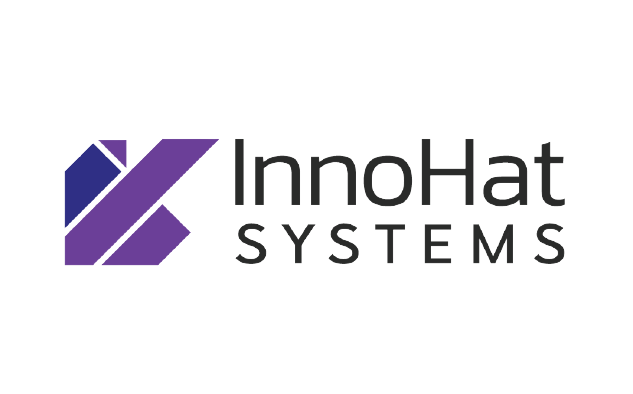Turbo Charge Tired Payroll Execs With Hyper Automation
By Venkat Aravamudan | November 30, 2020

By 2023, 50% of all payroll processing, audits, and managed services will be automated and will be processed with no manual interventions.
– Gartner Market Guide for Multi-country Payroll Solutions, July 2020
I strongly believe this prediction would certainly come true. Might in fact, well before 2023. The widespread acceptance of RPA by enterprises and technology investments by RPA vendors to make them more intelligent give credence to my belief.
Despite a world class payroll engine, payroll professionals spend tedious and time-consuming manual efforts on two predominant activities around payroll processing:
1. Data Preparation
2. Data Reconciliation and Validation
While simple RPA without much intelligence thrown in, would bring down manual activities to a certain extent; it is the RPA with certain subsets of artificial intelligence such as machine learning that provides considerable benefits and savings.
Data preparation: If organizations do not have foolproof data integration solutions/technology between different data sources and the payroll engine; organizations are left with no option but to prepare data manually in a format that the payroll engine understands. This is not only laborious but also error-prone. Even the slightest input error would result in salary inaccuracies. RPA simplifies data collection and saves considerable time and effort for payroll executives. BOTs can collect data from various sources/excel files, as many times required and prepare in the format, payroll engine understands. While simple RPA helps in data collection and compilation; Hyper automation (RPA+AI) helps in intelligent validations to flag errors during data collection.
Data Reconciliation and Validations: Post payroll validations and reconciliations are again excruciatingly manual. Comparing current payroll with prior periods and generating a variance report is the most common reconciliation exercise. While values might differ from one pay period to the next (e.g., due to difference in overall hours worked, leaves, overtime hours, bonuses, commissions, etc.), a detailed comparison of the values calculated for an employee across different pay periods could allow identification of outliers or errors. This is a classic RPA+AI use case. Despite spending hours and days comparing data points, payroll executives might still overlook certain anomalies or patterns if done manually. Hyper automation software can process huge volumes of data and run intelligent comparisons within seconds.
In summary, the advantage of RPA in payroll is its ability to leverage existing systems and even legacy excel files, to bring in new efficiencies. An EY report suggests 93 percent of an HR employee’s work hours are spent on repetitive tasks. Nearly 65 percent of these can easily be automated, saving companies FTE costs, and employees, their valuable time. While outsourcing has traditionally been an option for bigger companies, RPA in payroll could actually save 65 percent more, compared to offshore service centers
